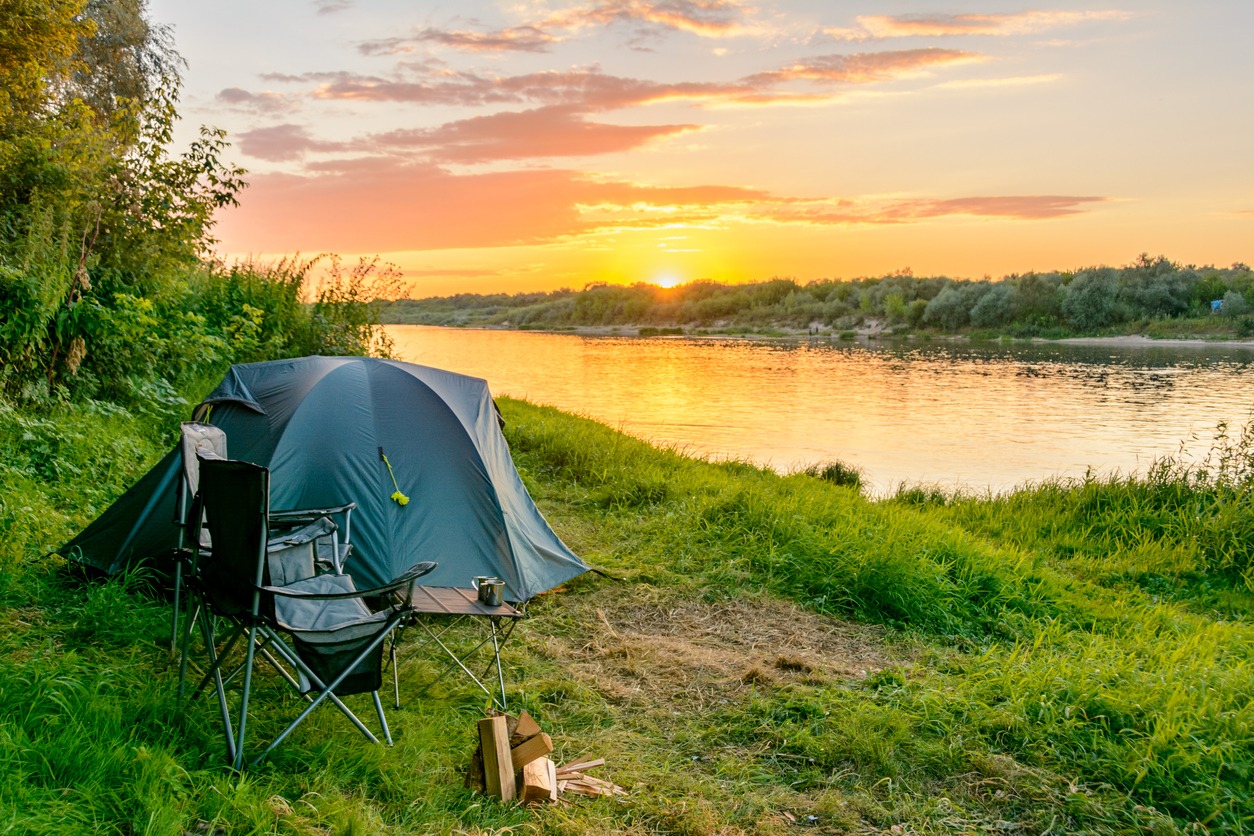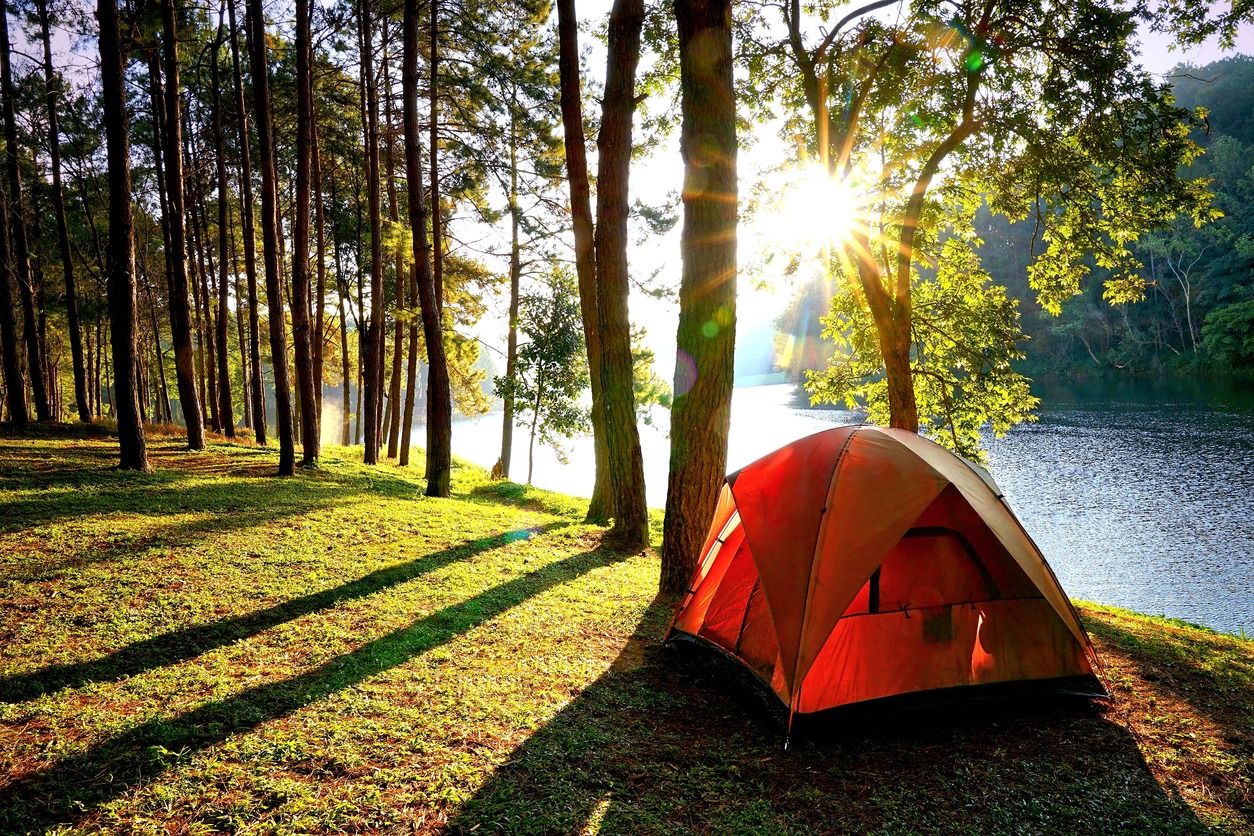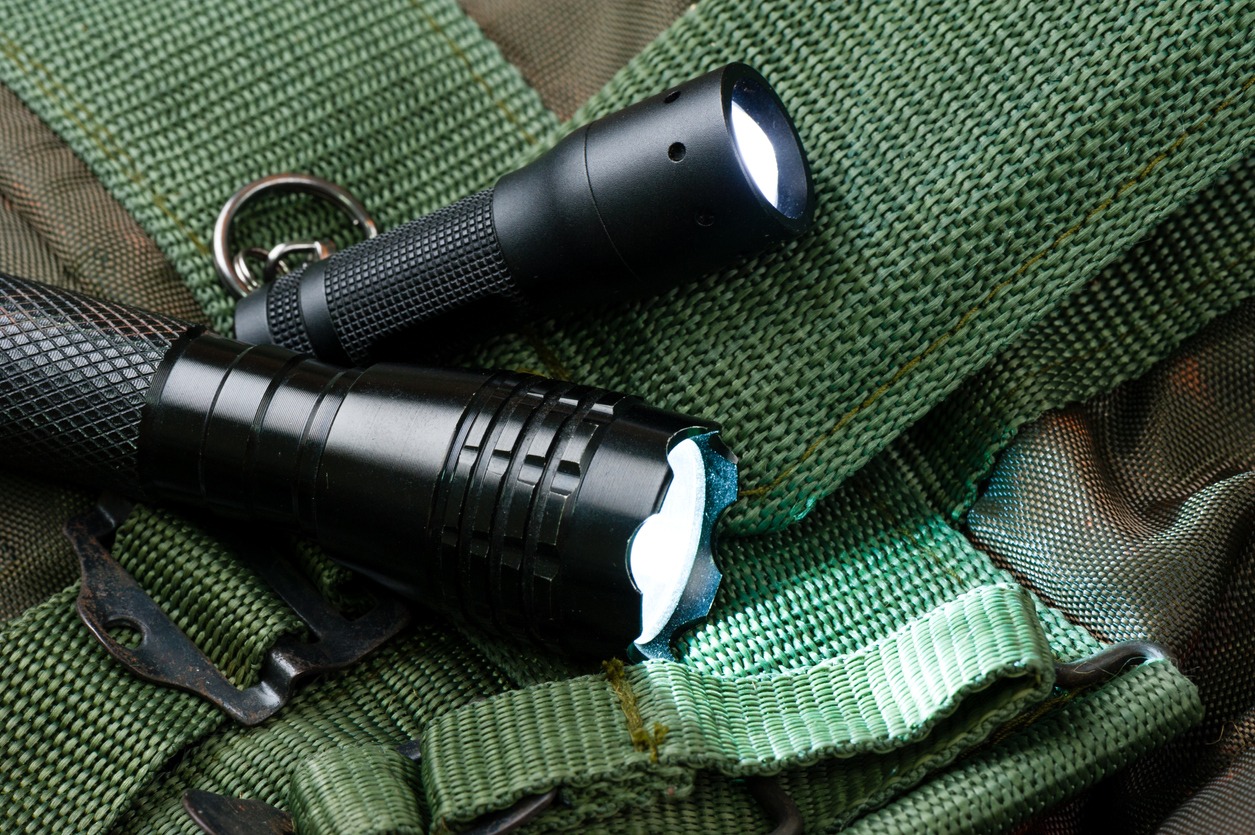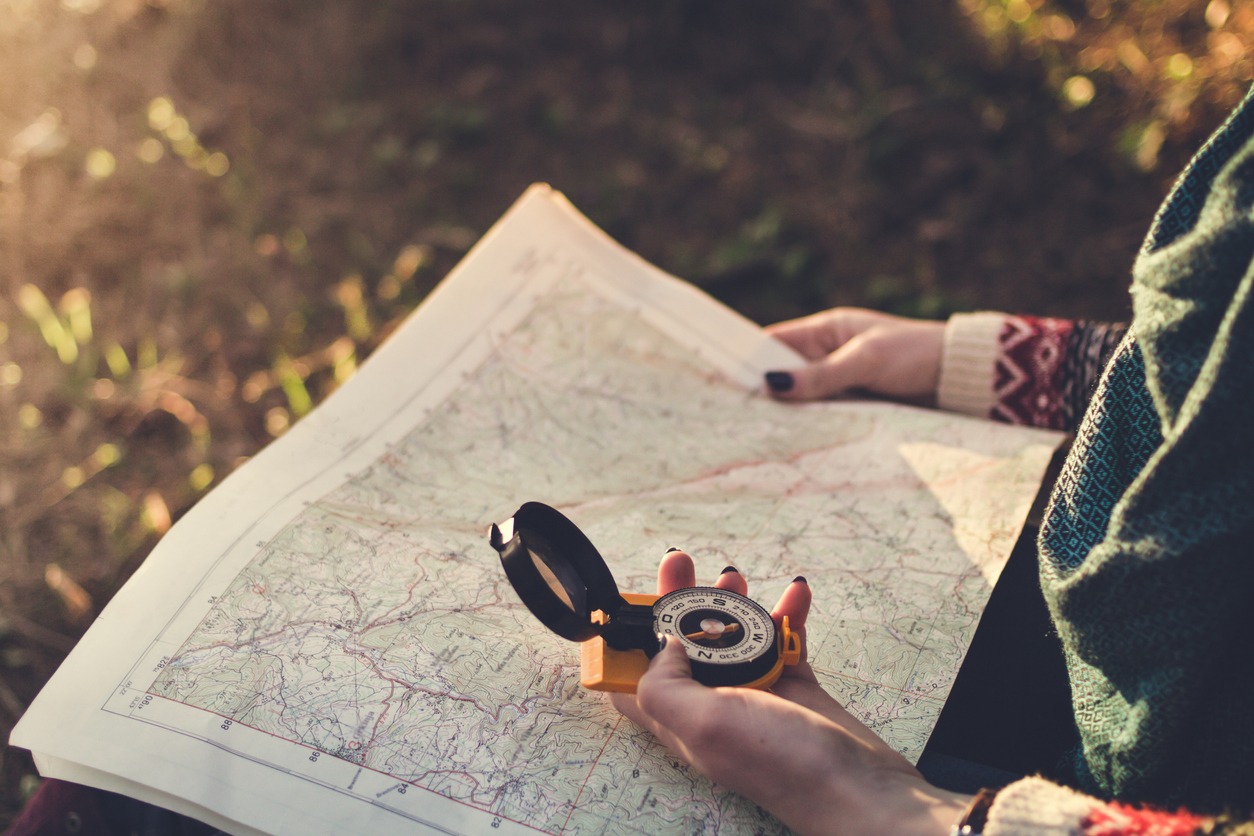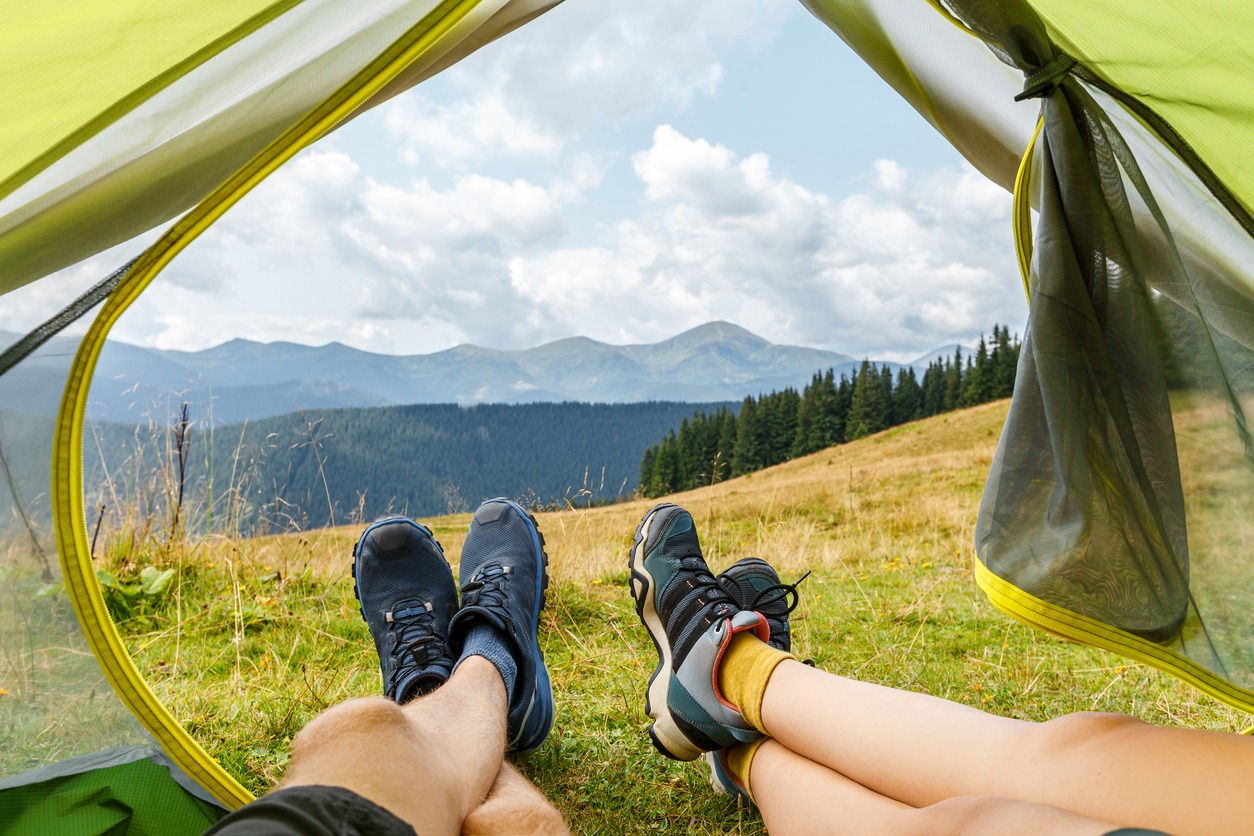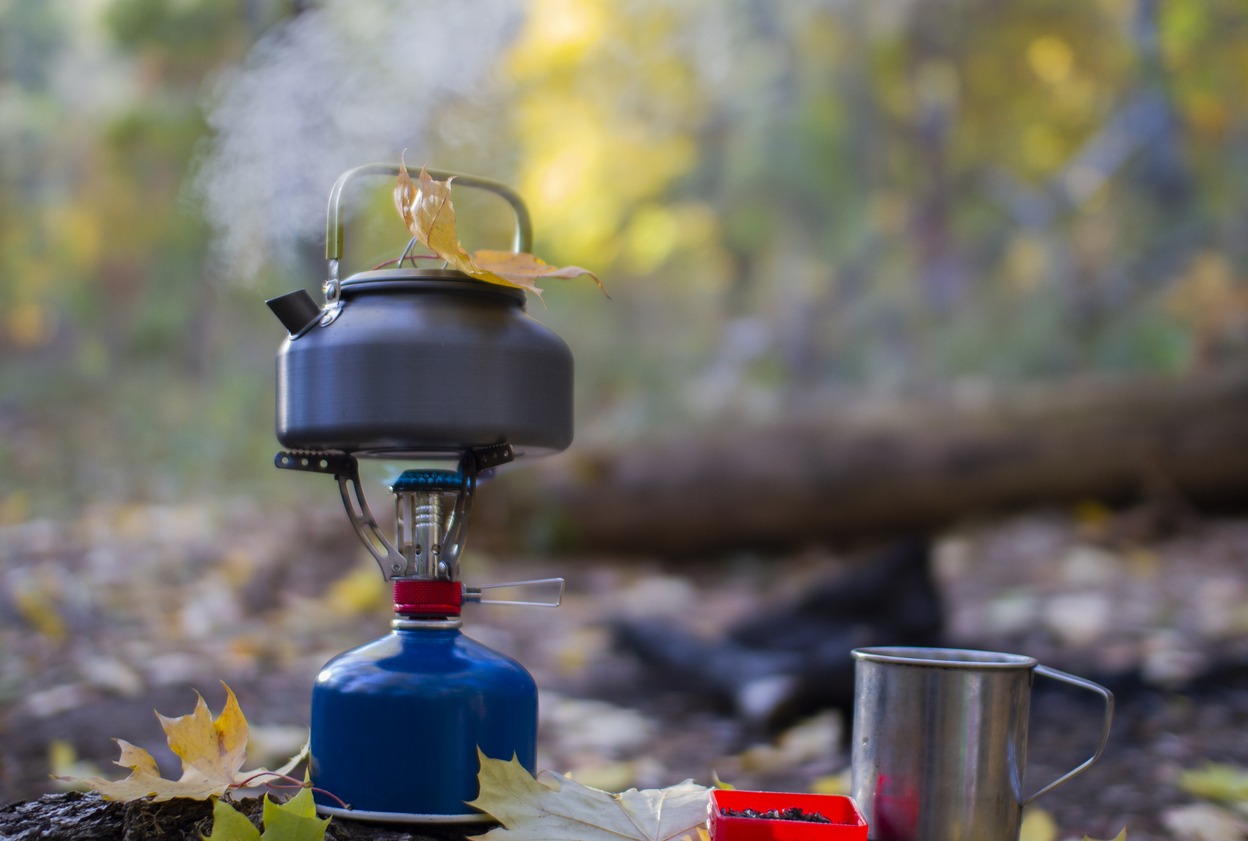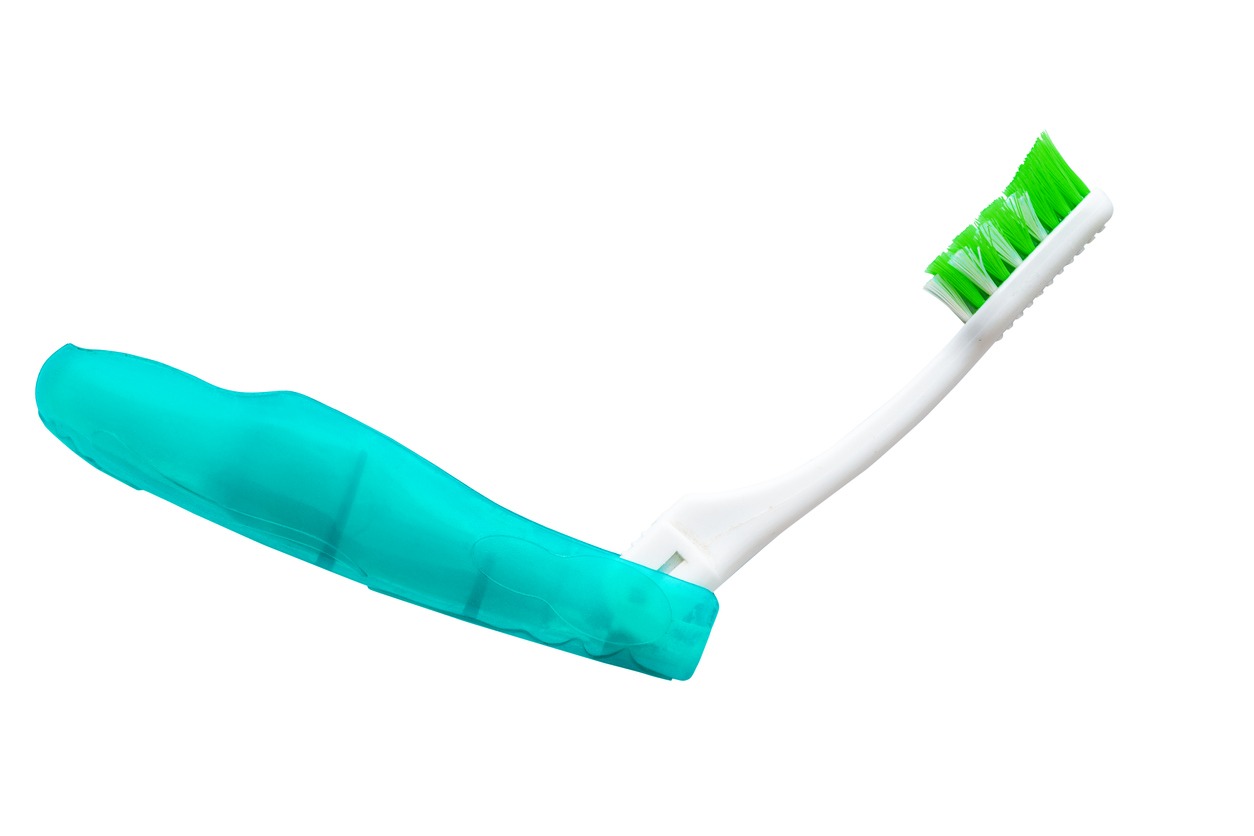A backpacking and camping adventure can be a fascinating and enjoyable experience – as long as you’re equipped with the right stuff. If not, expect that venturing into the great outdoors will instead turn into a difficult and frustrating one. Remember, the things you decide to bring will either become a delight or a burden along the way, so it’s best to devote extra time and caution when deciding what to bring on your next trip.
It can be a daunting task to choose the right items with the myriad options available. Failing to pack a few things can spell the difference between a restful vacation under the stars or a quick ride to the emergency room. To avoid the latter from happening, don’t leave home without these essential items for backpacking and camping – allowing you to enjoy nature outings to the fullest.
Basic Backpacking and Camping Gear
Often called the “Big Three,” these items are the primary gear you’ll be carrying when backpacking and camping. They are often the heaviest and the most expensive, so careful deliberation is a must when choosing them. If you can keep their combined weight low, you’ll be able to move faster, more efficiently, and more comfortably.
1. Backpack
Getting a backpack is one of the primary things you need to do. (After all, you can’t be called a backpacker without having one!) Note that backpacking packs range from ultralight models to carry light loads to fully-featured ones designed to support large loads.
When deciding on volume, you need to consider the length of your trip, how bulky your gear is, and how much you prefer bringing along. Typically, a weekend or multiday trip will require a 50- to 80-liter backpack.
If you’re only out for a night or opting for an ultralight kit, you can go for smaller packs. For even longer trips, you may need a minimum pack volume of 70 liters and may add more depending on how much equipment and food you plan to carry.
Be wary that there are many other considerations when picking a backpack, such as weight, comfort and fit, features (like frame, support system, rain cover, ventilation, pack access, pockets, etc.), and cost. Take time to assess these factors to find one that matches your necessities and liking.
2. Tent (Shelter)
Your tent will serve as your refuge while sleeping outdoors and your protection from the outside elements. Without it, heavy dew, strong winds, a freak snowstorm, or a heavy rain shower can leave you in a miserable situation and at risk of hypothermia. For the best comfort and safety, aim for a lightweight 3-season tent. Keep also an eye out on things like interior space, peak height, ventilation, vestibules, doors, footprint, and ease of use. If you can spend extra, shoot for a higher-quality tent that will last longer.
3. Sleeping Bag
The last thing you want to do at the end of the day is to get good amounts of rest. But you most likely won’t get one without a sleeping bag.
Temperatures can drop dramatically after the sun goes down, sometimes at around 20 degrees or more. Moreover, many insects are also active at nightfall, preying on your unswaddled body. So, never go without it unless you’re willing to risk a good night’s sleep at best.
Sleeping bags vary greatly from season ratings, temperature ratings, down or synthetic builds, shape, fabric denier, weight, features, and accessories. For most backpacking trips, a lightweight, three-season down sleeping bag will suffice and make you comfy.
If you’re in locations where it will be warm, choose summer sleeping bags as they’re spacious and offer the best ventilation. And don’t forget the sleeping pad to add further insulation and make your sleeping bag softer.
Backpacking and Camping Safety Gear
Stashing safety gear in your backpack is non-negotiable. These essential items can help avoid unfortunate incidents and make sure that you’re ready for an emergency should it happen. Ensure to add these things to your backpacking and camping checklist:
1. Headlamp or Flashlight
Your campfire may be nice and bright, but it’s only good for about a few feet in all directions. If you want to explore, locate an item, or visit the latrine at night, having a battery-powered headlamp or portable flashlight is indispensable. Look for a reliable model with an excellent balance between durability, brightness, and affordability. Once you have one, pack some extra batteries or a power bank in case it runs out of juice.
2. First Aid Kit
Though it’s very unlikely that you’ll incur a life-threatening injury given that you always practice utmost caution when backpacking and camping, a long trip outside can still result in small cuts, scrapes, and blisters which can become infected if left untreated. With that, bringing a first aid kit is always a smart choice.
Your first aid kit should include band-aids, bandages, gauze, soap, adhesives, scissors, painkillers, and other basic medications. You don’t need to purchase them separately, as ready-made first aid kits are already fine.
3. Repair Kit
Carrying a repair kit is also essential, allowing you to fix any broken gear during your trip. Depending on the length of your trip, the remoteness of the location, and how exposed you’ll get exposed to outside elements, some invaluable items that should go into your repair kit include a roll of duct tape, zip ties, some utility cord, waterproof matches, a backpacking stove repair kit, and a seam sealer. You don’t have to bring them all, and you may even swap items based on your necessities.
4. Watch
A simple wristwatch, your phone, or any other electronic device is essential for planning time, spending it appropriately, and finishing any activity or trip in time. The last thing you’d ever want is delays, especially in the wild and in the dark. A watch can definitely help you do your intended activities in the right amount of time and not waste precious daylight.
5. Safety Whistle
A safety whistle could potentially save your life. You can use it to signal to other people around you that you are in danger or in need of help, and it will help rescue people in locating you if you are lost. There are a variety of scenarios where a safety whistle would be the difference between being saved and being stuck in an emergency situation.
Backpacking and Camping Navigation Essentials
If you’re backpacking and camping in remote areas, don’t go without a paper map and a compass or GPS. Paper maps are still the classic and best choice for navigation. Just make sure to insert it in a clear plastic bag so it won’t get wet. If you’re using a GPS device, bring spare batteries.
You should also carry printouts or photocopies of the detailed trail description or guidebook pages and have PDF or photo backups on your phone or other electronic devices.
Remember, it’s crucial to always stay oriented for your trip and know where you are on the trail. Unprepared backpackers and campers have been found wandering in the wilderness before being rescued or before finding their way back to the camp. Getting stranded or lost, especially without food and water, is no joke, so always pack your navigation essentials so you can return safely.
- Paper Maps
- Compass or GPS
- Trail Description
- Guidebook
Backpacking and Camping Clothing and Footwear
Clothing and footwear are areas where backpackers and campers tend to overpack. In general, you only need a few pieces and not your entire closet. If they get sweaty and stinky, just dry them overnight. But make sure only to wear synthetic and merino wool clothing.
A popular maxim among outdoor enthusiasts is “Cotton kills.” It’s little wonder, as the material holds moisture and doesn’t provide insulation when wet – both are perfect ingredients for hypothermia. Plus, cotton also takes forever to dry. And always check the weather forecast so you can also plan accordingly. If you are visiting Southeast Asia soon, you should read our Guide to Dressing for Backpacking in Southeast Asia.
1. Baselayers
Baselayers are often taken for granted, but they’re an easy and compact way to add extra warmth during cold days. You can also wear them around the camp or as sleeping clothes inside your tent. Some base layers are made of ultra-soft, moisture-wicking, and odor-resistant merino wool, while others are made of cheaper, durable, though somewhat less comfortable polyester. They’re available in a great array of styles and thicknesses. Choose depending on your needs and preferences.
2. Quick-drying T-shirts
Find a tee made out of synthetic material that dries fast. On most backpacking and camping trips, just one short-sleeved shirt will already suffice, then you can add a long-sleeve one if you expect chillier nights or to wear for insect and sun protection.
3. Short and Pants
Pack quick-drying running shorts or a pair of lightweight, durable hiking pants. You may pack both depending on the weather and the length of your trip. Consider also bringing convertible hiking pants for versatility. With a simple zip-off, you can turn them into shorts. Moreover, they also usually have many functional features like an adjustable waistband, sturdy construction, few pockets to keep small items, and water-resistant capabilities. Whichever you choose, ensure that they’re a good fit and offer good freedom of movement for your utmost comfort.
4. Underwear
Keep your cotton underwear in the meantime. They easily absorb sweat, which can be chafe and uncomfortable. Go for wool or synthetic undergarments instead. They offer moisture-wicking capabilities, good ventilation, quick drying, and are less restricting. Pack at least two pairs of underwear, and you can add extra depending on how long you’ll be out.
5. Socks
Like with your undergarments, veer away from socks made of cotton and look for ones made of merino wool or synthetics. Pick thinner, breathable, and comfortable pairs with anti-microbial properties. Bring at least two pairs: one dedicated to walking during the day and the other one for sleeping at night. Just wash your pair of outdoor socks at night so that they will be ready for your adventures the next day.
6. Puffy or Rain Jacket
If you’re backpacking and camping in colder conditions, take a lightweight puffy jacket with you, as it’ll help you stay warm, particularly during cold mornings or chilly nights. If you’re staying in a location with temperamental weather, it’s always an excellent idea to carry a rain jacket, even if there’s no rain in the weather forecast.
7. Sunglasses
It’s vital to protect your eyes from glare and harmful UV rays, especially if you’re backpacking and camping in the summer when they are most intense. Shield your eyes and prevent them from getting dry and uncomfortable by adding sunglasses to your checklist. Opt for polarized lenses to reduce reflections, boost visual comfort and clarity, and make images appear sharper. That way, you can fully enjoy all the amazing sceneries nature offers.
8. Shoes
There are many options available out there, like backpacking boots, trail running shoes, and hiking shoes. In general, what you should be looking for is footwear that will provide your foot ample support, protection from rocks, and traction on both dry and wet surfaces. If you’re backpacking and camping on the weekend and if the terrain is not too hard, running trail shoes will already suffice. If you’re going for a multi-day trip, backpacking boots or hiking shoes are your best bet. No matter which you choose, always ensure that they properly fit – as you do want blisters that can debilitate you on your trip.
Backpacking and Camping Cooking Gear
The length of the activity, the type of cooking, the food you prefer to cook, and the number of people you are with will determine what kind of cooking gear you need. Be minded that there’s no need to be fancy – keep everything simple, lightweight, and compact.
1. Stove and Fuel
Different types of backpacking stoves are available, from canister stoves, liquid-fuel stoves, alcohol stoves, and wood-burning stoves to solid-fuel tablet stoves. Each of these options varies in size, weight, fuel efficiency, and boil time and has its own pros and cons. Your goal is to bring a small, lightweight stove and enough fuel for your trip.
2. Firestarter
Bring a waterproof match, lighter, or fire steel to start your backpacking stove. Though some stove models have a Piezo ignition system, which only requires flipping a lever or pressing a button to start a fire, they can become less reliable over time. So, bring a backup, in case. Plus, you also need your firestarter to start a warm campfire – camping isn’t camping without it!
3. Pots and Eating and Cooking Utensils
Bring a lightweight pot, fork or spork, bowl, and cup. Alternatively, you can eat on the pot directly or use it as a cup to cut a few ounces. If you’re cooking something more complicated, you may consider adding another pot or a frying pan.
4. Water Bottles and Water Treatment
Water is vital to surviving the great outdoors. Water bottles come in a variety of options, from plastic to metal, insulated to non-insulated ones, and slender to broader shapes. Not to mention that they also differ in size, weight, and capacity.
In general, you have to ensure to bring at least 2L capacity. To replenish your reservoir and get a supply of fresh H20, you must also bring a water treatment tool like a gravity filter, pump filter, squeeze filter, straw-style filter, UV filter, or purification tablets. Never drink from a pond, stream, river, or lake. No matter how pristine-looking it is! You’ll never know if it harbors disease-causing pathogens that can turn you into an unhappy camper.
5. Biodegradable Soap and Cloth
Pack a small amount of biodegradable soap and a microfiber cloth for cleaning your pots and utensils. However, you must never wash them directly in a water source. Though biodegradable soaps don’t contain harsh chemicals, like Sulfates, typically found in detergents, they need to be filtered through soil to work and for their material to break down before being absorbed by living organisms.
6. Pocket Knife or Multitool
You need a pocket knife or multitool for preparing, cutting, slicing, and eating food, and for a variety of other tasks like sharpening a stick, trimming a rope, opening a package, or cutting small vines. Without one, even simple tasks can become almost outright impossible. To avoid frustrations and make your life easier, carry a pocket knife or multitool when you leave your home.
Personal Hygiene for Backpacking and Camping
Observing proper hygiene can make you feel and smell better, and of course, the ultimate benefit of staying healthy. Leave your typical toiletries at home and just focus on the essentials. Here are some basics you need to add to your backpacking and camping checklist:
- Hand sanitizer
- Toilet paper
- Microfiber towel
- Toothbrush and toothpaste
- Plastic bag to pack out used items
- Sunscreen
- Lip balm
- Wipes
- Bug spray/Insect repellent
- Menstrual supplies
Optional Items for Backpacking and Camping
Packing these items on your backpacking and camping adventure can add extra comfort. A tradeoff is adding extra weight that can weigh you down and kill the fun. So, evaluate thoroughly which items you’ll actually need – don’t add all these items to your checklist!
- Trekking poles: Many people love to carry them as they provide better stability and by taking the pressure off your knees and feet, especially on uneven terrains and on descents. You can get telescoping and folding options for better packability.
- Backpacking Chair or Butt Pad: It’s always fun to have something to sit on while in the camp. Pack a lightweight, collapsible backpacking chair or a simple, lightweight foam butt pad for your best comfort.
- Beanie/Gloves: For added warmth on chillier nights.
- Camera Gear: If you want to love to take photos and keep memories, you can take your camera with you. If you can, go for mirrorless cameras as they’re lighter and less bulky than traditional cameras but are very capable of taking high-quality photos.
- A book or an eReader: For passing the time when camping.
- Ear plugs and sleep mask: For better sleep.
- Day pack: Instead of bringing your entire gear when taking shorter trails and returning to the campgrounds, bring a small day pack instead to stash a few essentials like food, water, or an extra later.
Camp Shoes or Sandals: It’s great to have dry, comfy shoes or sandals once you get back to the camp and allow your sweaty hiking shoes or running trails to refresh.
Takeaway
Whether you’re a beginner or a seasoned backpacker and camper, having the proper gear is crucial to enjoying your trip and making it safer, more comfortable, and more enjoyable. So, devote extra time, check your pack, and never leave home without being properly equipped.
For more essential camping items, check out our Guide to Selecting Items Needed for a Camping Trip.
